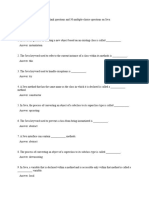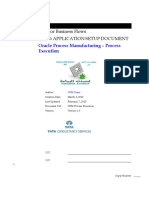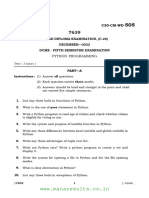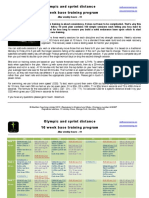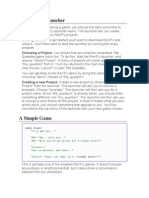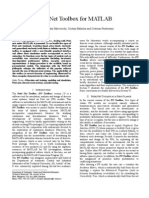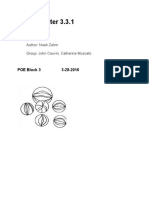0% found this document useful (0 votes)
13 views10 pagesOOPC I - Model Paper
The document is a model paper for an Object-Oriented Programming Concepts (OOPC) exam, consisting of multiple-choice questions covering various Java programming topics. It includes questions on Java syntax, data types, control structures, object-oriented principles, memory management, and exceptions. Each question provides four answer options, with a focus on assessing knowledge of Java programming fundamentals.
Uploaded by
pathmasirikankanamgeCopyright
© © All Rights Reserved
We take content rights seriously. If you suspect this is your content, claim it here.
Available Formats
Download as PDF, TXT or read online on Scribd
0% found this document useful (0 votes)
13 views10 pagesOOPC I - Model Paper
The document is a model paper for an Object-Oriented Programming Concepts (OOPC) exam, consisting of multiple-choice questions covering various Java programming topics. It includes questions on Java syntax, data types, control structures, object-oriented principles, memory management, and exceptions. Each question provides four answer options, with a focus on assessing knowledge of Java programming fundamentals.
Uploaded by
pathmasirikankanamgeCopyright
© © All Rights Reserved
We take content rights seriously. If you suspect this is your content, claim it here.
Available Formats
Download as PDF, TXT or read online on Scribd
/ 10





















